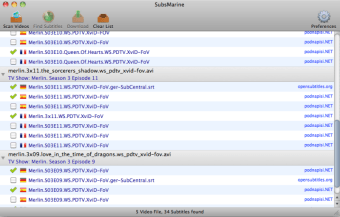

“Past teams, comprised of multi-disciplinary engineering students, have designed a wide variety of exciting machines, propelled either by standard rotating propellers, or by novel non-propeller thrusters. “Naturally, we want the members of our teams to have a highly enjoyable week at the races and our networking events will help them do that but they know only too well that the overall objective of the eISR is to encourage innovative design in submarine engineering,” said Megill. “There were just six teams at our inaugural races in 2012, so it is highly rewarding to see a dozen (our top limit) registered already, with three more universities on the waiting list in case of any last minute dropouts,” said Race Director, Prof William Megill, FIMarEST. Teams competing for the 2014 awards are: École Polytechnique de Montréal, École de Technologie Supérieure and University of British Columbia all from Canada Rhine Waal University of Applied Sciences from Germany University of Delft from the Netherlands University of Auckland from New Zealand University of Michigan and University of Washington from the USA and four teams from the UK with University of Bath, University of Plymouth, University of Southampton, and University of Warwick. It also tests sporting prow and stamina as the teams race against the clock with the pilot wearing SCUBA gear and pedaling underwater around a demanding slalom course in the tank measuring 122 x 61m and 5.5m deep. Every human powered submarine taking part is designed and built by each individual university, with vital amendments and adjustments and even rebuilding taking place during the week. This week-long event from July 7-11, 2014, is a unique sporting and engineering challenge which tests the students’ engineering skills. Click the infographic below to view a larger version.Twelve teams from universities in six countries on three continents are scheduled to meet in July 2014 to take part in the second biennial European International Submarine Races (eISR) at QinetiQ’s Ocean Basin in Gosport, U.K., the biggest covered water space in Europe. The process of icon design can be divided into two parts: defining the pictogram and creating final design or illustration.
#Subsmarine professional#
One of the early professional icon designers was Susan Kare, who designed many of the icons contained within the original Mac OS. Related 45 Creative Advertising Banner Examples The width and height of the icon are the same (1:1 aspect ratio) in almost all areas of traditional use.



 0 kommentar(er)
0 kommentar(er)
